Berlin Airlift: 74 years after the airlift that saved West Berlin from starvation
On June 26, 1948, the largest humanitarian operation in history began, later known as The Berlin Airlift, which prevented West Berlin from capitulating to the Soviet blockade.
After the end of World War II, the partition of Germany
At the end of World War II, American, French, British and Soviet military forces divided and occupied Germany and the capital, Berlin, into four administrative zones which they controlled.
Berlin was located in the interior of Soviet-controlled East Germany. The United States, the United Kingdom and France controlled the western parts of the city, while Soviet troops controlled the eastern sector.
When the wartime alliance between the Western Allies and the Soviet Union ended and friendly relations turned hostile, the question of whether the western occupation zones of Berlin would remain under Western Allied control or whether the city would be absorbed into Soviet-controlled East Germany led to the first crisis of the Cold War.
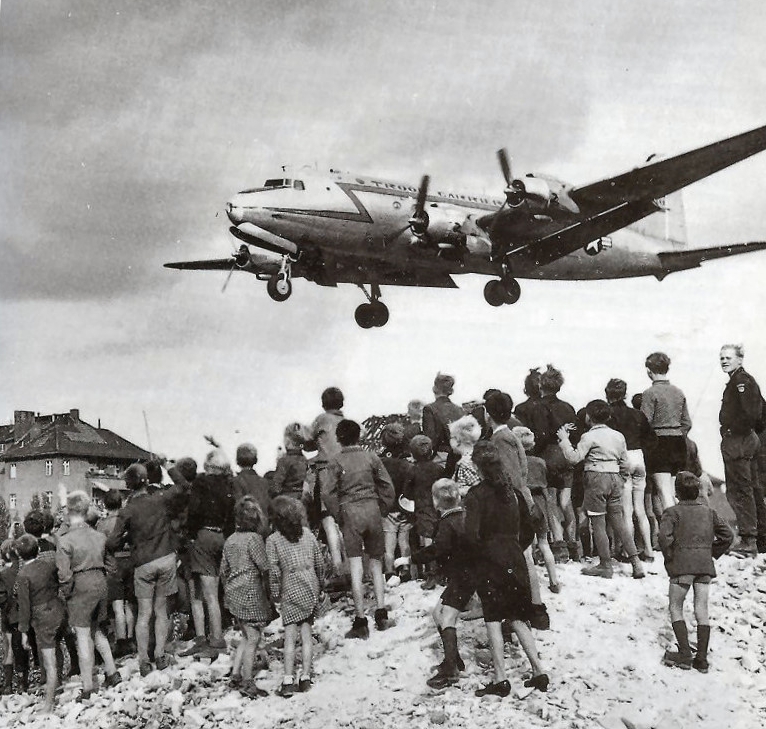
The Cold War makes its debut
On June 24, 1948, when the the U.S. and U.K. introduced a new currency, the Deutschmark, a reform against the will of the Soviet Union, the blockade of the western sector of Berlin began. Thus began the first crisis of the Cold War.
Stalin was worried about the existence of this capitalist city, located right in the center of his occupation zone, which was likely to be powerful and aggressively anti-Soviet.
And the introduction of the German mark as a common currency would reinforce the policy of German reunification promoted by the West, which Moscow, which had suffered two German invasions during World War I and World War II, did not like at all, and would not allow it to regain its strength.
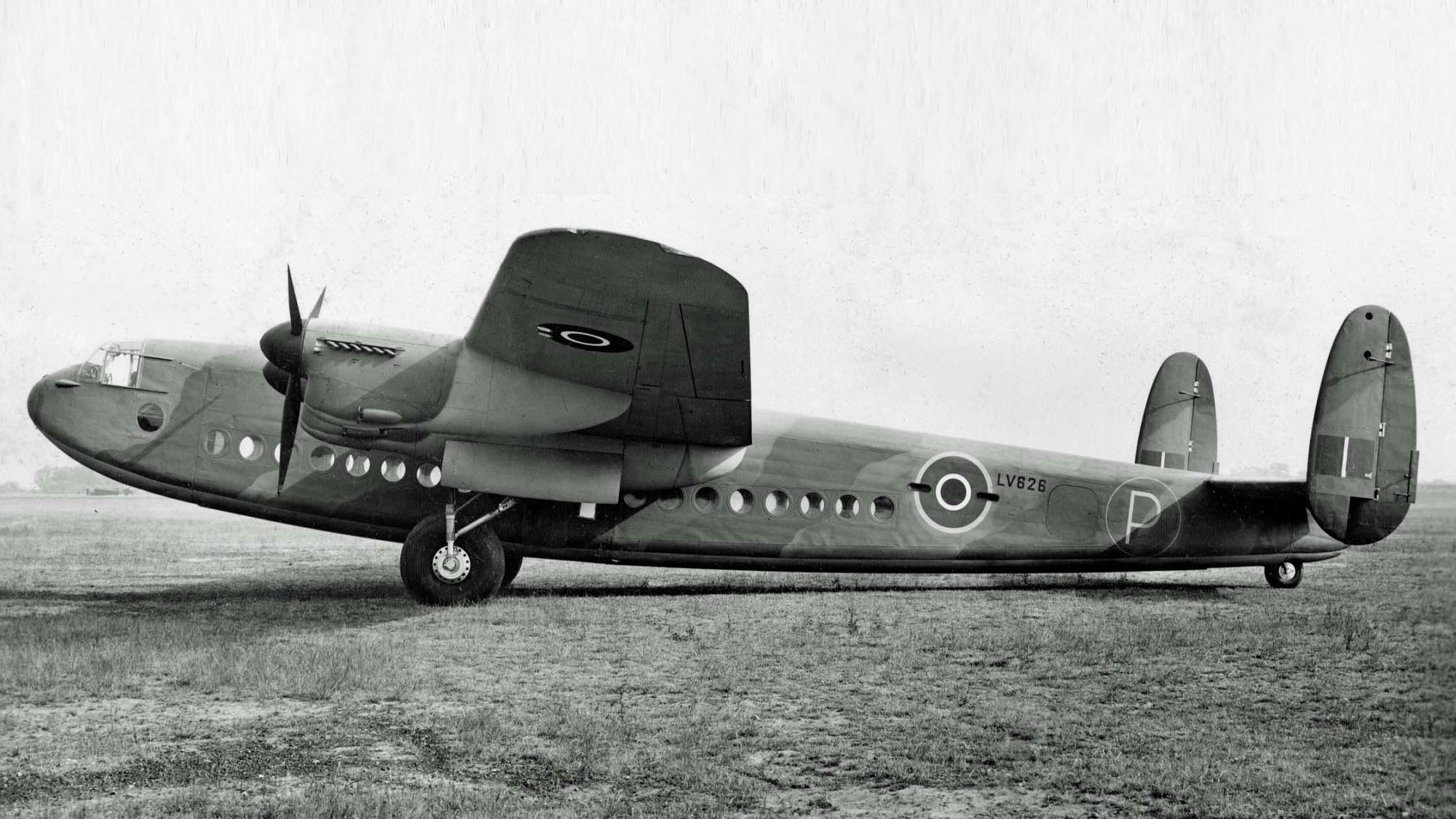
From 6 a.m., Soviet forces blocked rail, road and water access to West Berlin. The sectors of the city controlled by the U.S., the U.K. and France were isolated, like a small island in the middle of a red sea.
West Berlin, under siege, had to give in and integrate with the rest of Soviet-controlled Germany, or face the horror of starvation, which was not unknown to them.
The Berlin Airlift
At first, the Allies thought of sending armed convoys, but entering Soviet territory was a de facto declaration of war. Similarly, for the USSR to prevent supply by air would also be a declaration of war, so air traffic was not interrupted.
Under the terms of Germany’s division, cargo planes would not be considered warplanes, even if they were operated by crews belonging to the various Allied forces.

At the time the blockade began, Berlin had food for 36 days, and coal for 45 days. The total estimate that had been made was that supplying the Berlin population required 5,000 tons a day of flour, cereals, wheat, meat, fish, potatoes, sugar, coffee, milk, yeast, vegetables, salt, cheese, coal and fuel. All this material now had to be supplied by air.
On June 26, the first supply flights from Frankfurt and Wiesbaden to Berlin began, starting the largest humanitarian operation in history.
The skies over Berlin were once again filled with aircraft, but this time, three years after the end of World War II, the roar of planes in the sky meant not disaster, but salvation. American and British airmen were bringing food and coal to the western part of the city.

The United States launched «Operation Vittles» (German for food) on June 26, and the United Kingdom followed two days later with «Operation Plainfare».
It soon became clear that in order to supply more than two million people in the western part of Berlin, as many planes as possible had to land. The Allies made full use of the capacity of their three air corridors. The «raisin bombers» (a term used by the Germans because the pilots brought treats for the children) landed every minute, were quickly unloaded and took off again. Thus the indispensable 5,000 tons of humanitarian aid needed for the survival of non-Soviet Berlin arrived every day.
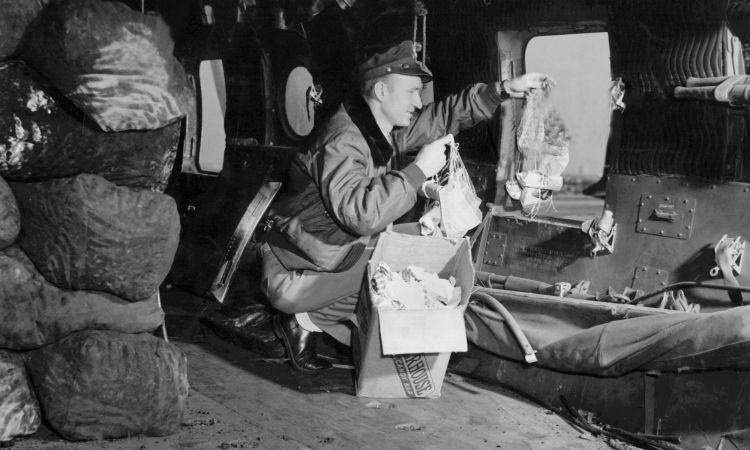
U.S. Lieutenant Gail Halvorsen, better known to German children as «Uncle Wackelflügel» or «Uncle Chocolate» throws candy for children in small parachutes. His actions inspired many pilots to imitate him. It is believed that thanks to Halvorsen, 23 tons of candy rained down on Berlin.Initially the airlift operation was planned for a duration of 45 days, but the continued Soviet refusal to reopen the land corridors forced the continuation and reinforcement of supply delivery by air to unimaginable proportions.
Some 300 aircraft were in constant use, with a plane taking off and landing in the city every 90 seconds. Over time, air logistics became more efficient than even rail logistics. At one point, U.S. Air Force and Navy planes were landing at Tempelhof Airport every 45 seconds.
On Easter Sunday, April 17, 1949, the constant procession of planes managed to deliver 13,000 tons of cargo, including the equivalent of 600 railcars of coal, all in a single day!
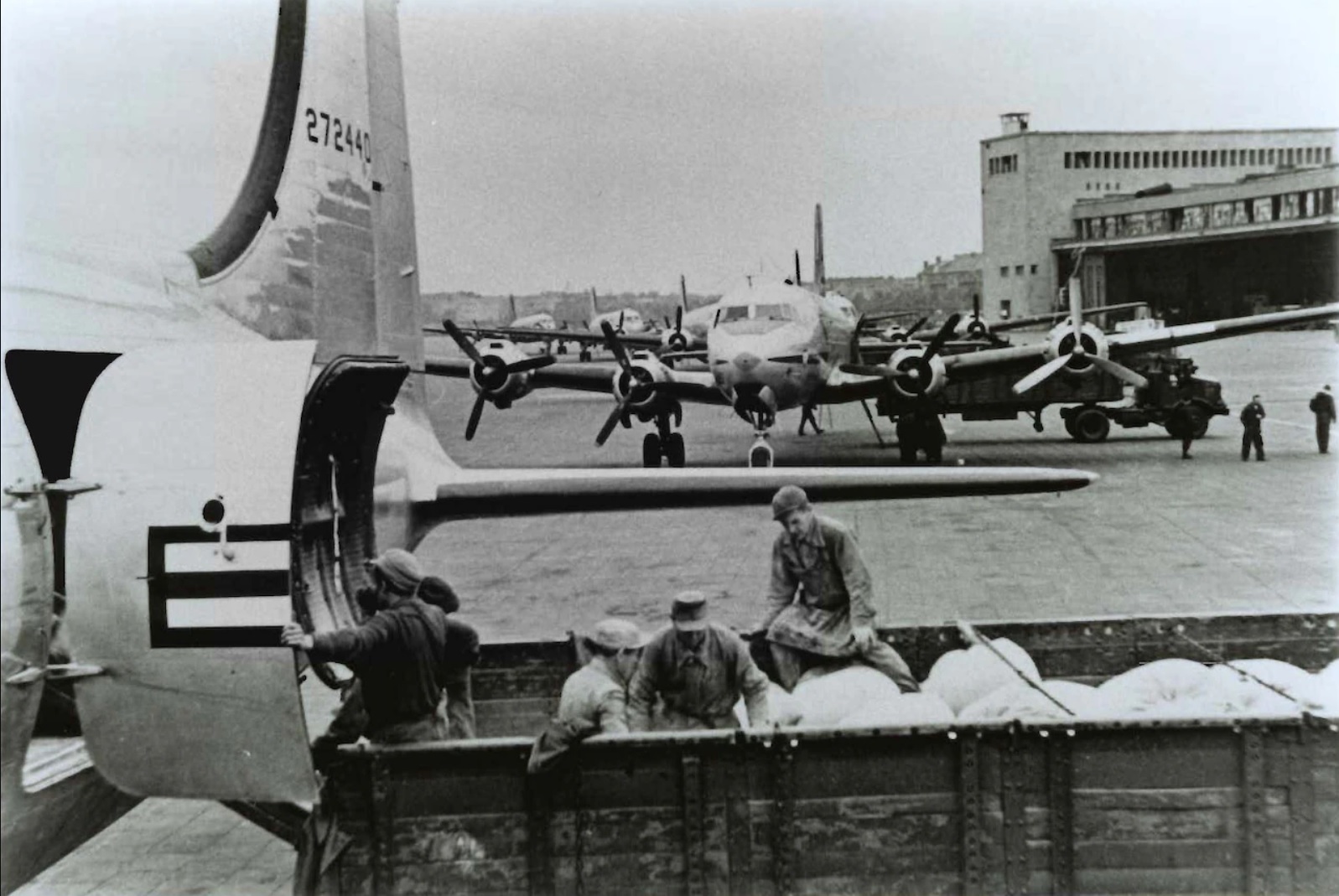
According to U.S. Department of Defense data, U.S. aircrews flew more than 189,000 flights, with a total of almost 600,000 flight hours and more than 92 million miles flown (148 million km).
For nearly a year (322 days), the airlift to Berlin delivered 2.3 million tons of cargo, requiring 278,000 flights.
Aircraft and crews from the United States, Canada, Great Britain, South Africa, New Zealand and Australia participated in the airlift. On the Commonwealth side, more than 150 Dakotas and 40 Avro York were used. The U.S., for its part, deployed dozens of Douglas C-47 Skytrain, and an overwhelming 447 Douglas C-54 Skymaster cargo aircraft.
The crisis ended on May 12, 1949, when Soviet government admitted that the gamble had backfired, and lifted the blockade of land access to West Berlin.
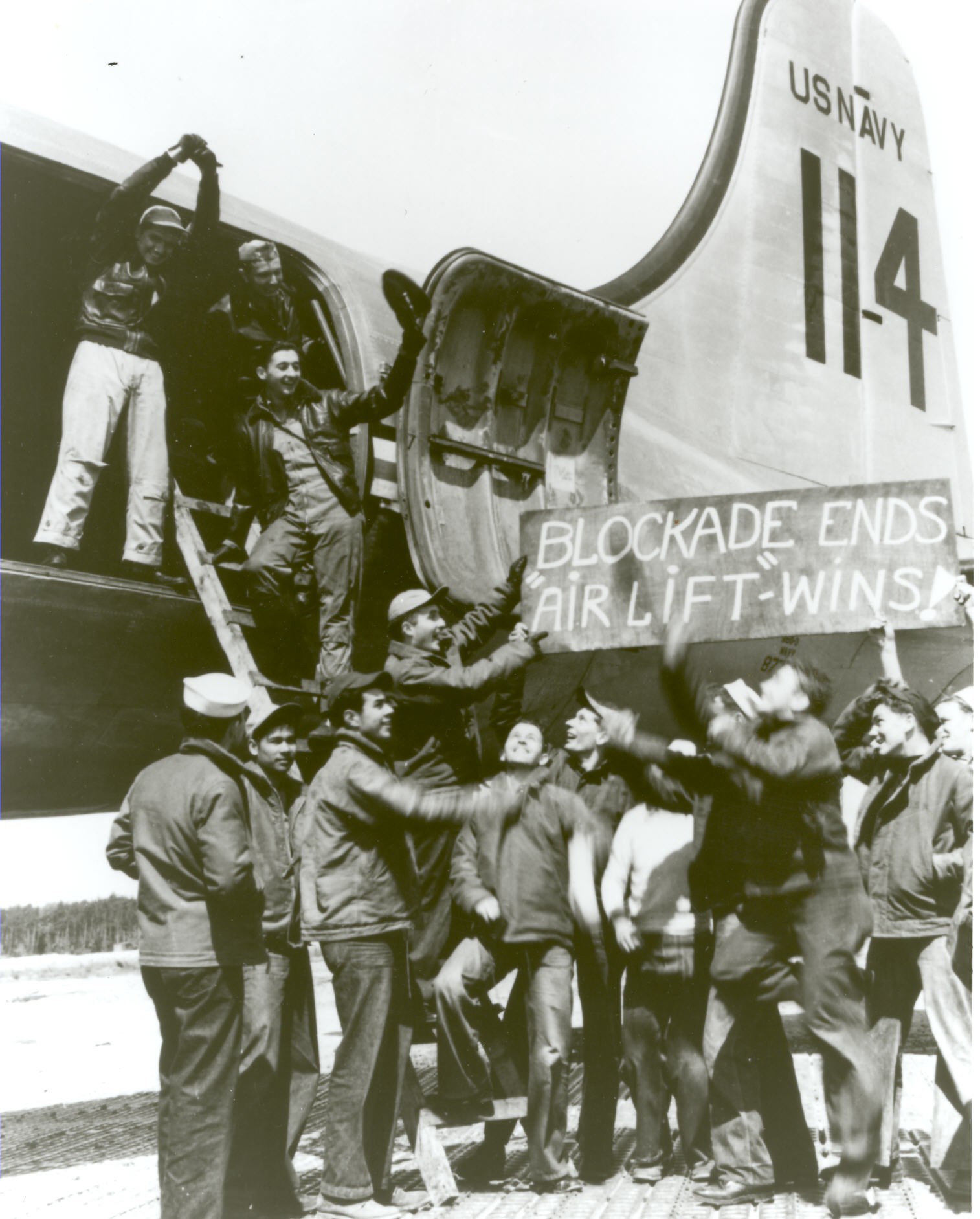
At least 78 people died in the operation – 39 British, 31 Americans and at least eight Germans. A memorial was erected in 1951 in front of Tempelhof Airport to commemorate these people, among the first victims of the Cold War.

/https://aviacionlinecdn.eleco.com.ar/media/2022/06/Puente-aereo-Berlin-Airlift-1.jpg)
Para comentar, debés estar registradoPor favor, iniciá sesión